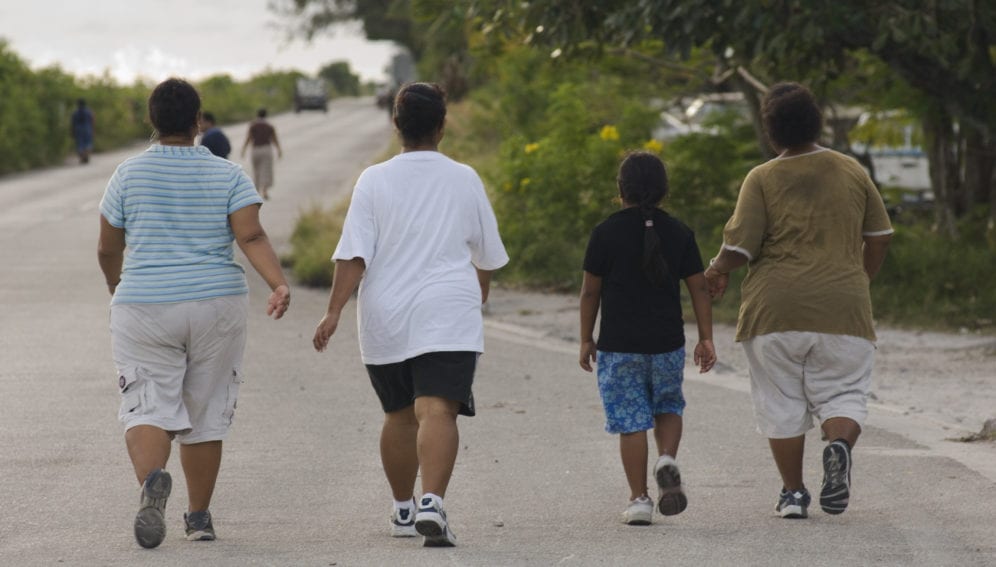By: Magali Reinert
Send to a friend
The details you provide on this page will not be used to send unsolicited email, and will not be sold to a 3rd party. See privacy policy.
[NOUMEA] The first ever Pacific states non-communicable diseases (NCDs) summit is pushing for the adoption of new policies to tackle non-communicable epidemics in the region – mainly heart disease, diabetes and cancer.
Initiated by the Pacific Community and the government of Tonga, the summit took place in Nuku’alofa, Tonga, on 20-22 June, gathering over 200 high-level delegates representing Pacific island countries and territories (PICTs) and international development organisations.
Seventeen key statements were adopted, inspired by WHO recommendations. These include supporting a Pacific funding mechanism on NCDs and increasing tobacco taxes to achieve a tobacco-free Pacific by 2025. The recommendations will be presented at the Pacific health ministers meeting in Cook Islands next year.
The head of the Pacific Community, Colin Tukuitonga, pledged strong public policies, declaring that the responsibility for making lifestyle choices lies less with individuals than with the environment in which they live and work.
NCDs represent a serious threat for the Pacific, accounting for up to 75 per cent of recorded deaths. Cardiovascular disease is the region’s leading cause of death, often occurring at rates twice that of more traditional communicable diseases.
In 2015, eight Pacific states were among the top ten countries and territories identified as having the highest diabetes prevalence in the world. Some PICTs have even been experiencing declining life expectancy.
The main risk factors for NCDs are well known: tobacco; consumption of high-fat, salty and high sugared foods; lack of exercise and alcohol abuse.
Although these risk factors are avoidable, little has been achieved yet to reduce exposure and change behaviours. Improving access to healthy food is particularly tricky in countries highly dependent on imports that poor people can hardly afford, linking obesity issues with sustainable development goals.
“A complex backdrop of globalisation, unplanned urbanisation and rapid economic growth in PICTs changed the way people acquired and increased consumption of sugary, salty, fatty foods, and tobacco and alcohol,” explains Solène Bertrand-Protat, NCD officer at the Secretariat of the Pacific Community.
“It is difficult for governments to constrain global trends,” agrees Dominique Megraoua, who leads the diabetes programme at the health and social agency of New Caledonia. In the region, regulations are weak and NCD-related programmes are financially unsustainable.
While government health campaigns have not been as audible compared to massive corporate advertising, Bertrand-Protat emphasises “the situation is serious (but) it is not dramatic”.
Tonga and Samoa have lowered their risk factors to NCDs, thanks to health campaigns plus tax rates on tobacco and sugar-sweetened and carbonated drinks. In Tonga, between 2004 and 2012, the percentage of the population with low levels of activity dropped from 44 per cent to 28 per cent and the percentage of low fruit and vegetable consumption slid from 92 per cent to 71 per cent.
The summit scored its first success when Fiji announced after the summit that duties on tobacco and alcohol will be increased by 15 per cent and taxes on sugary drinks by 20 per cent.
This piece was produced by SciDev.Net’s South-East Asia & Pacific desk.














